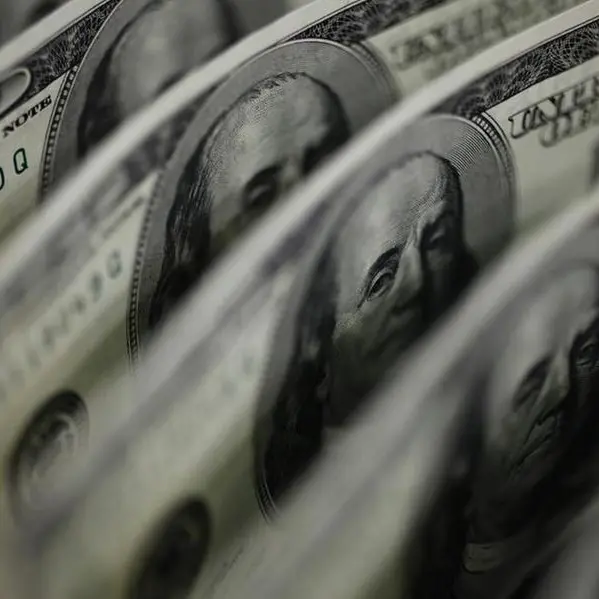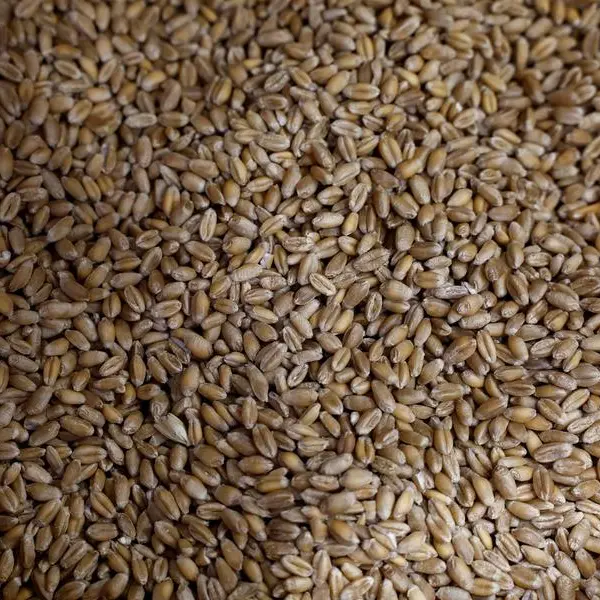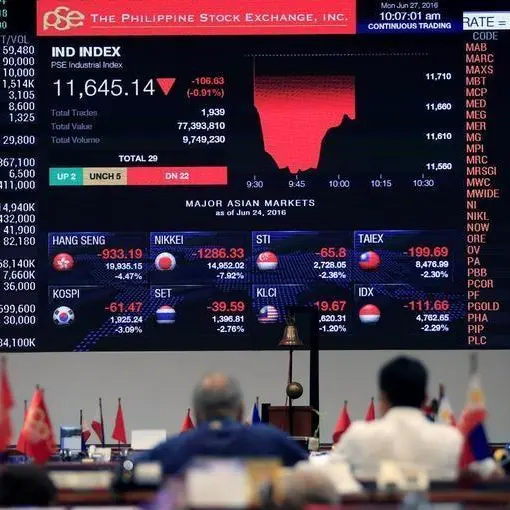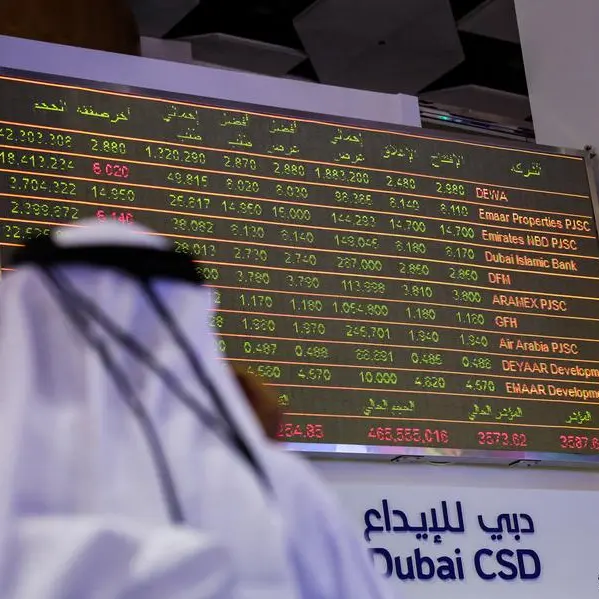PHOTO
LONDON: Oil rose above $75 a barrel on Tuesday to its highest since November 2014 before paring some gains, supported by OPEC-led production cuts, strong demand and the prospect of renewed U.S. sanctions on Iran.
Brent crude, the global benchmark, rose to its highest level since OPEC on Nov. 27, 2014 turned its back on curbing output to support prices, a move that triggered a battle for market share and helped deepen a collapse to $27 in early 2016.
Oil prices began to recover in 2016 as OPEC discussed a return to market management with the help of Russia and other non-members. A supply-cutting deal started in January 2017 and has been deepened by a steep output drop in Venezuela.
"Prices are being driven up by tight supply due to high production outages in Venezuela plus the cuts implemented by OPEC and Russia," said Carsten Fritsch, analyst at Commerzbank. "What is more, demand appears robust."
Brent LCOc1 traded as high as $75.27, gaining for a sixth day, and was up 4 cents at $74.75 by 1315 GMT. U.S. crude CLc1 rose 3 cents to $68.67, having hit its highest since Nov. 28, 2014 on Thursday.
The United States has until May 12 to decide whether to quit a nuclear deal with Iran and reimpose sanctions against the third-largest producer in the Organization of the Petroleum Exporting Countries, tightening global supplies.
"Currently, all bets are off on the U.S. staying in the nuclear agreement," said Tamas Varga of oil broker PVM, who added this concern was the most significant element of Brent's recent rally.
Stephen Innes, head of trading for Asia-Pacific at futures brokerage OANDA, said new sanctions against Tehran "could push oil prices up as much as $5 per barrel".
OPEC's supply curtailments and the threat of new sanctions are occurring as demand in Asia, the biggest oil-consuming region, has risen to a record.
The supply cut has virtually achieved its stated goal of reducing inventories in developed economies to their five-year average, but OPEC has shown little sign yet of wanting to wind down the deal.
The latest U.S. inventory figures are expected to show a 2.6-million-barrel drop in crude stocks.
The American Petroleum Institute, an industry group, releases its data at 4:30 p.m. EDT (2030 GMT) on Tuesday, a day before the government's supply report.
One of the factors limiting the oil rally is rising U.S. production. U.S. output, supported by high prices, has hit record levels.
(Additional reporting by Henning Gloystein Editing by Dale Hudson and Hugh Lawson) ((alex.lawler@thomsonreuters.com; +44 207 542 4087; Reuters Messaging: alex.lawler.reuters.com@reuters.net))












